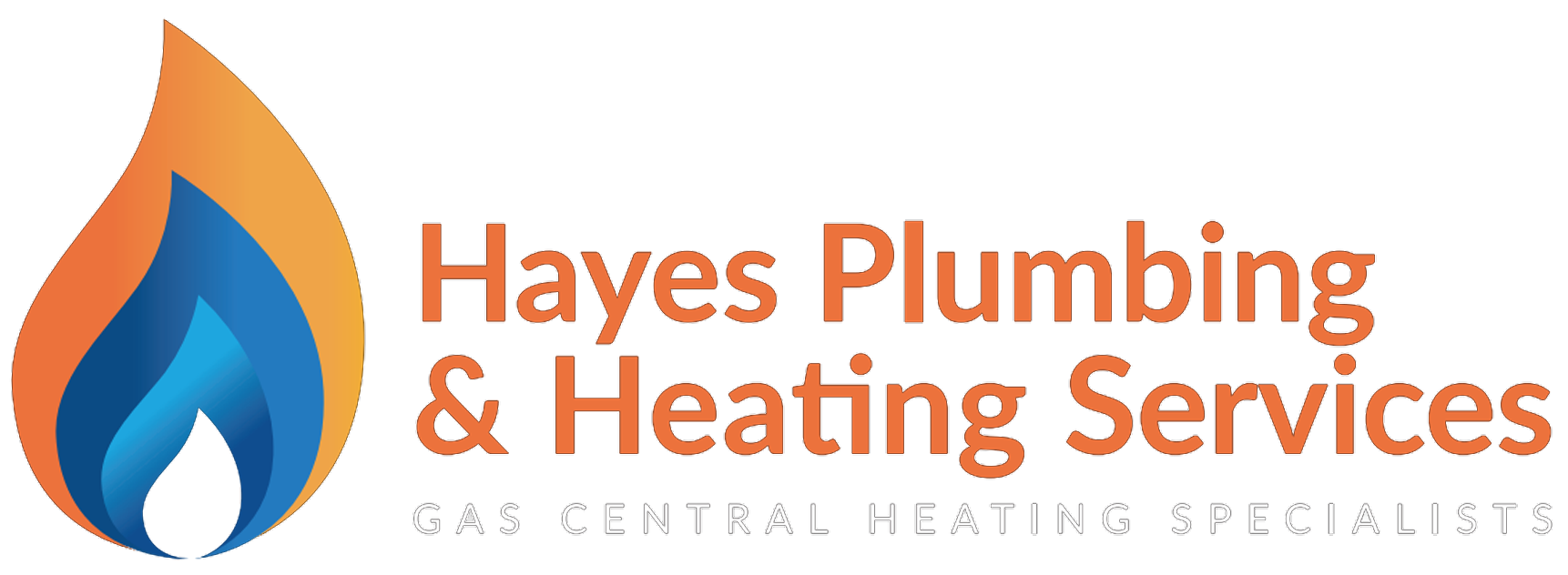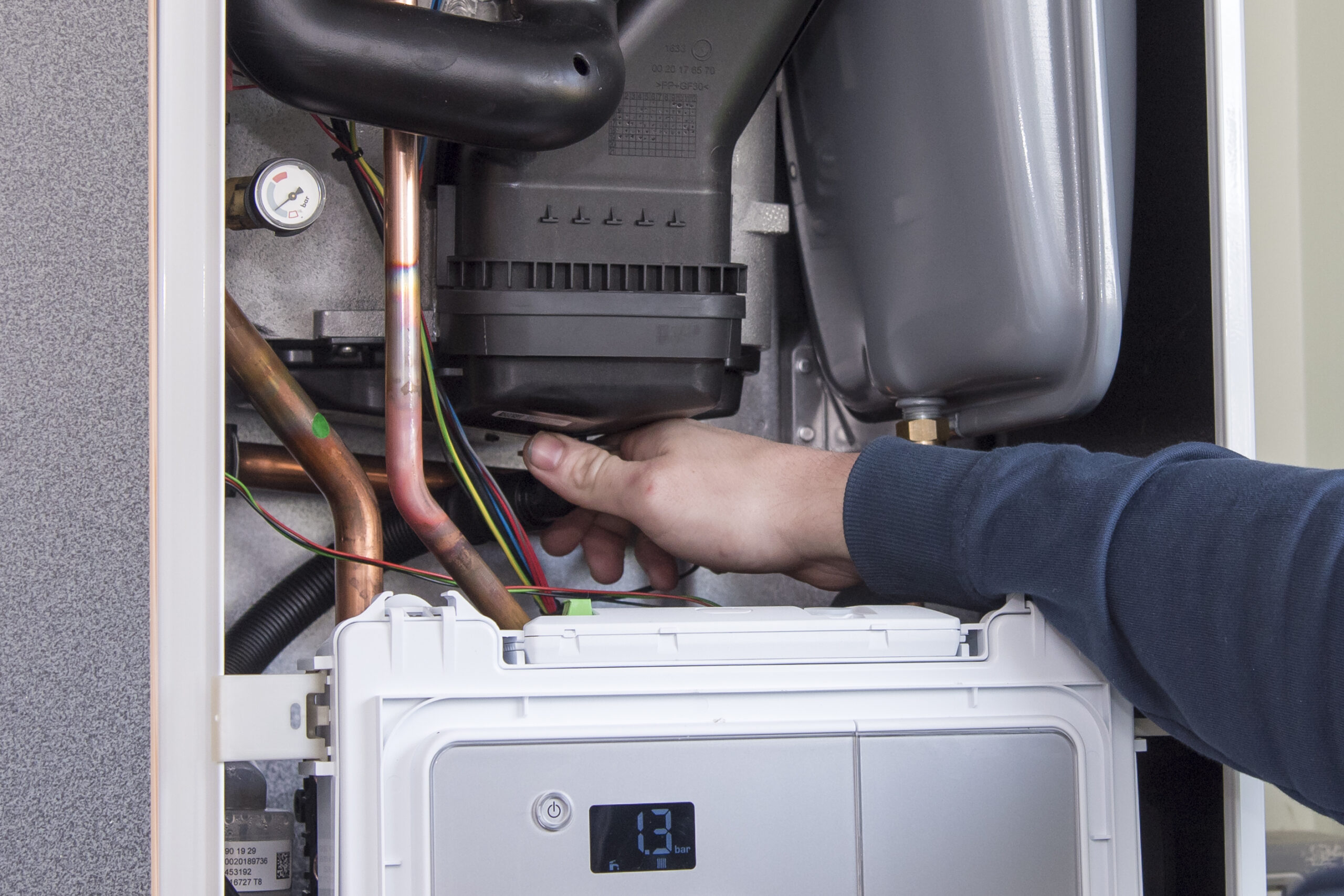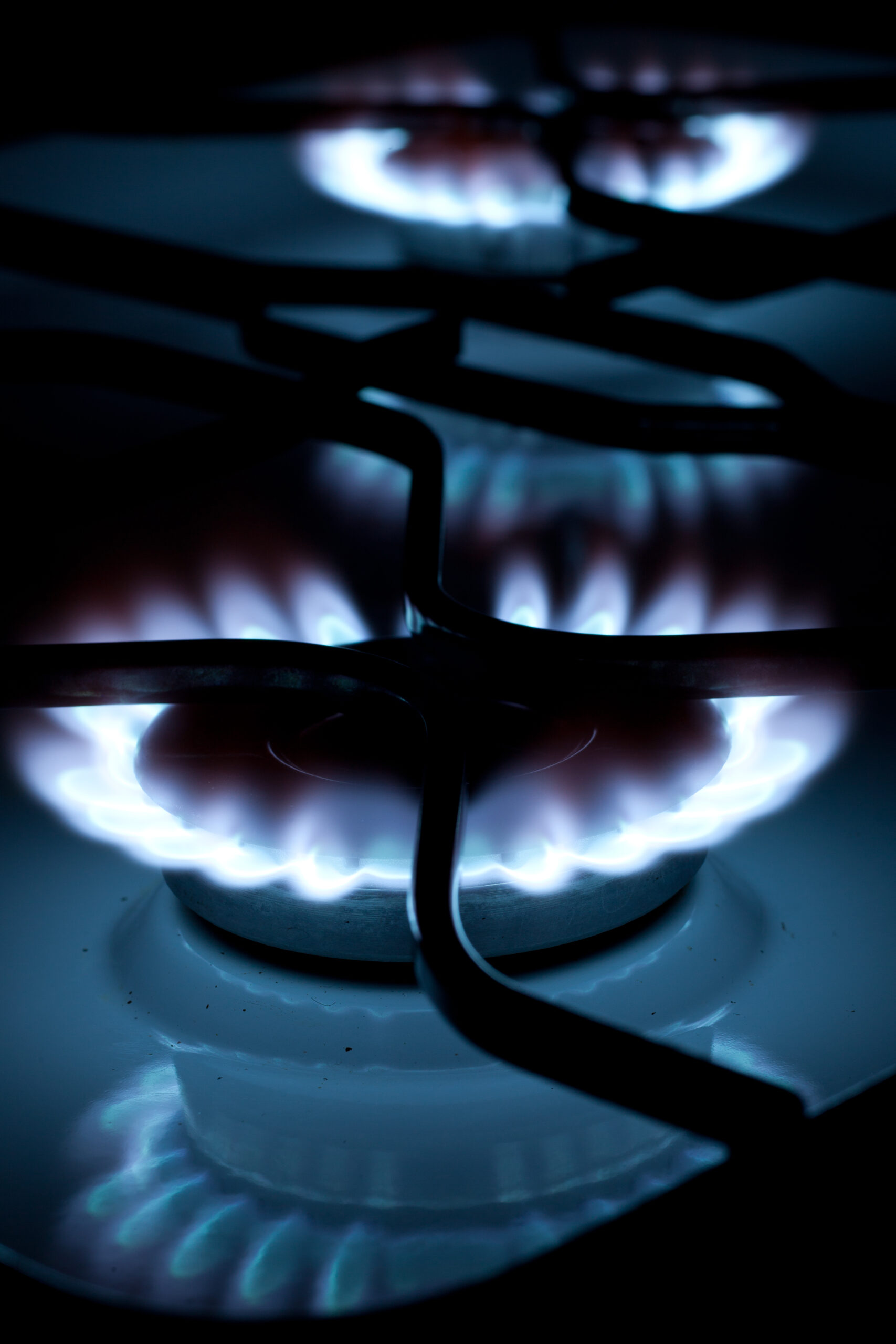Commercial plumbing systems face constant pressure from daily operations, temperature changes, and material wear. Without consistent care, small issues can lead to costly repairs or disruptions. Regular maintenance for commercial pipes helps identify corrosion, leaks, and blockages before they affect performance. It also supports long-term efficiency by keeping water flow steady and preventing unexpected downtime. Businesses that schedule routine inspections reduce the risk of emergency interventions and extend the life of their plumbing infrastructure. This article outlines practical steps for maintaining commercial piping systems and explains how early detection and planned service contribute to stable building operations over time.
Understanding The Importance Of Routine Inspections
Routine inspections play a direct role in keeping commercial plumbing systems working without disruption. These checks help spot early signs of wear, corrosion, or blockages that can cause bigger problems later. Without regular reviews, small issues may go unnoticed until they lead to significant damage or service interruptions.
A scheduled inspection allows professionals to examine pressure levels, pipe joints, and flow consistency. They can detect leaks that may not be visible yet but could affect water supply or waste removal over time. Pipe walls may weaken due to age or use; identifying this early helps plan repairs without shutting down operations unexpectedly.
By reviewing system performance often, businesses reduce the chance of emergency repairs. Emergency fixes usually cost more and take longer to complete because they require fast action and unplanned resources. Preventive evaluations lower these risks by giving teams the time to respond with proper tools and planning.
Routine maintenance also supports compliance with local codes and safety rules. Commercial properties must meet specific standards for water usage and drainage efficiency. Regular assessments ensure equipment stays within required limits and avoids penalties from failed inspections by regulators.
Implementing a consistent inspection schedule is part of effective maintenance for commercial pipes. It creates a record of system history so changes in performance can be tracked over time. This data helps guide decisions about upgrades or replacements before failures occur.
Skipping inspections increases uncertainty about system condition. It becomes harder to predict when components might fail or how long they will last under current usage patterns. By checking systems regularly, businesses gain clearer insights into their plumbing infrastructure’s health and lifespan.
Early detection through routine checks limits disruptions that affect daily operations or customer service delivery. When problems get fixed before they spread, companies maintain better control over costs while avoiding delays caused by unexpected breakdowns or shutdowns during peak hours.
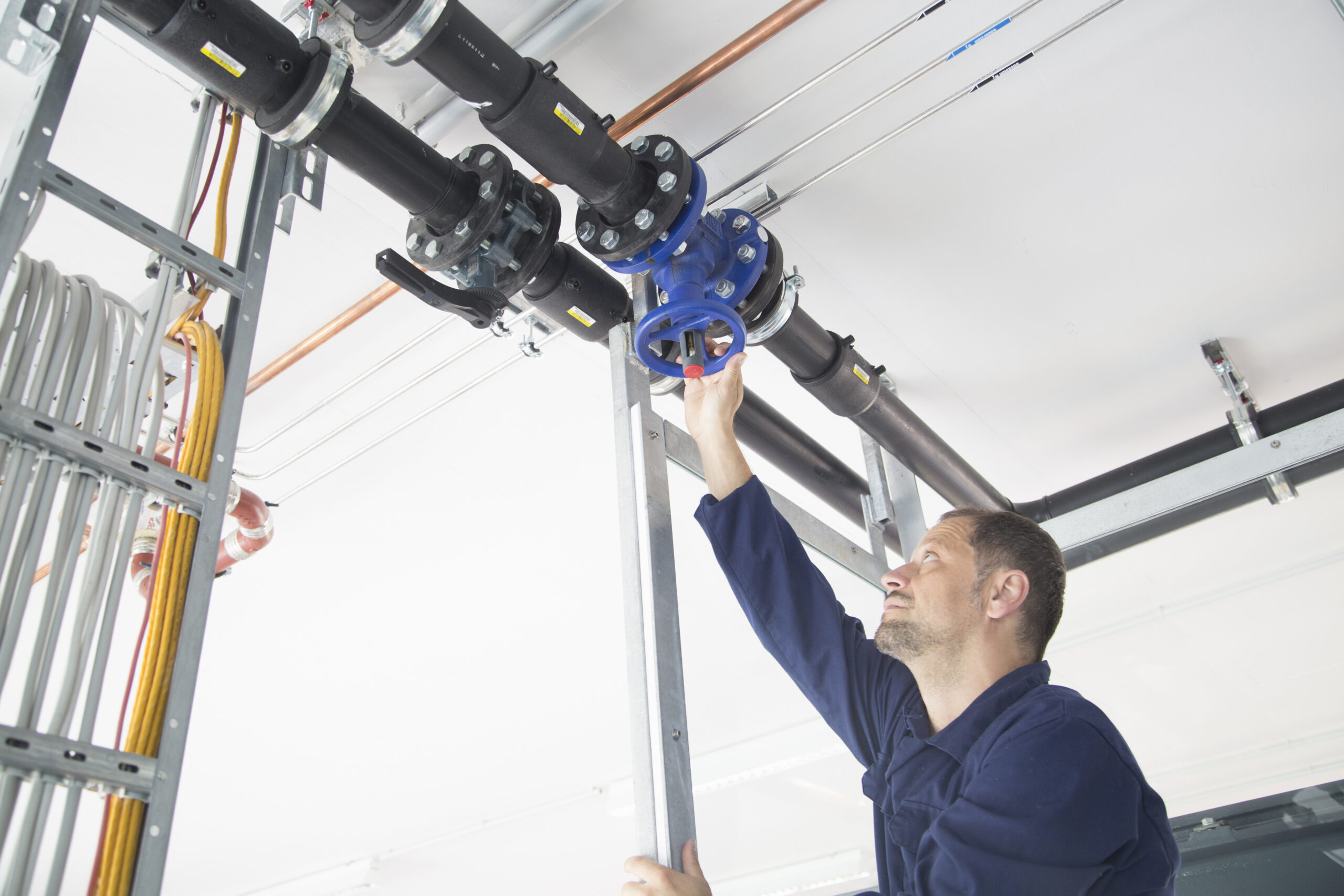
Best Practices in Maintenance for Commercial Pipes
Establishing a clear and consistent maintenance plan is essential for keeping commercial piping systems functional. Each facility has different needs based on its size, water usage, and operating hours. A one-size-fits-all approach does not apply. Instead, building-specific assessments help determine how often inspections and servicing should occur.
Routine checks must include visual inspection of exposed pipes, testing of pressure levels, and evaluation of joints and valves for signs of wear or corrosion. These tasks help detect early issues before they grow into larger problems. Pipe insulation also requires regular review to prevent heat loss or condensation buildup that may lead to damage over time.
Scheduled cleaning removes sediment, debris, or buildup inside the pipes that could restrict flow or cause blockages. Facilities with high water use may need more frequent cleaning cycles than others. Accurate records of each maintenance task support better planning for future service intervals.
Monitoring water quality is another important factor in maintaining system performance. Hard water can leave mineral deposits that reduce pipe efficiency over time. Installing filtration systems can delay deterioration and extend the lifespan of the infrastructure.
Training staff to report small leaks or changes in pressure helps identify faults early. Even minor drops in performance can indicate internal damage that needs attention. Partnering with licensed professionals ensures repairs meet safety codes and industry standards.
A structured schedule tailored to specific building conditions improves reliability across all plumbing functions. It lowers emergency repair costs by addressing potential failures during planned service windows rather than after breakdowns occur.
Maintenance for commercial pipes works best when it follows a proactive model rather than reacting only when problems arise. This approach supports continued operation without unplanned downtime due to pipe-related disruptions.
The Role of Technology in Pipe Monitoring
Digital tools now play a key part in how systems track the condition of commercial pipes. Sensors placed along pipelines can send real-time data to control panels or connected devices. These sensors help detect leaks, pressure drops, and temperature changes early. They give facility managers more time to respond before problems grow.
Corrosion is another issue that monitoring equipment can spot. Devices designed for this task measure moisture levels and chemical reactions within the pipe walls. Once corrosion starts, these tools alert teams so they can plan repairs before damage spreads. This reduces repair costs and lowers risks linked to system failure.
Blockages also affect performance over time. Flow meters and imaging cameras inside the lines help identify slowdowns caused by buildup or foreign objects. When detected early, cleaning becomes easier and less expensive than waiting until full blockages occur.
Software programs collect all this information into dashboards that show trends over days or months. Patterns in flow rate or pressure allow staff to see where wear is happening most often, which helps with planning future inspections or upgrades.
The use of technology supports better maintenance for commercial pipes by offering clear insights into system health without needing constant manual checks. It also allows teams to schedule service during off-hours instead of reacting during peak times when disruptions cause delays.
These tools do not replace human oversight but improve how decisions get made about repairs and upkeep. With early warnings from digital systems, crews can act faster while avoiding larger breakdowns later on.
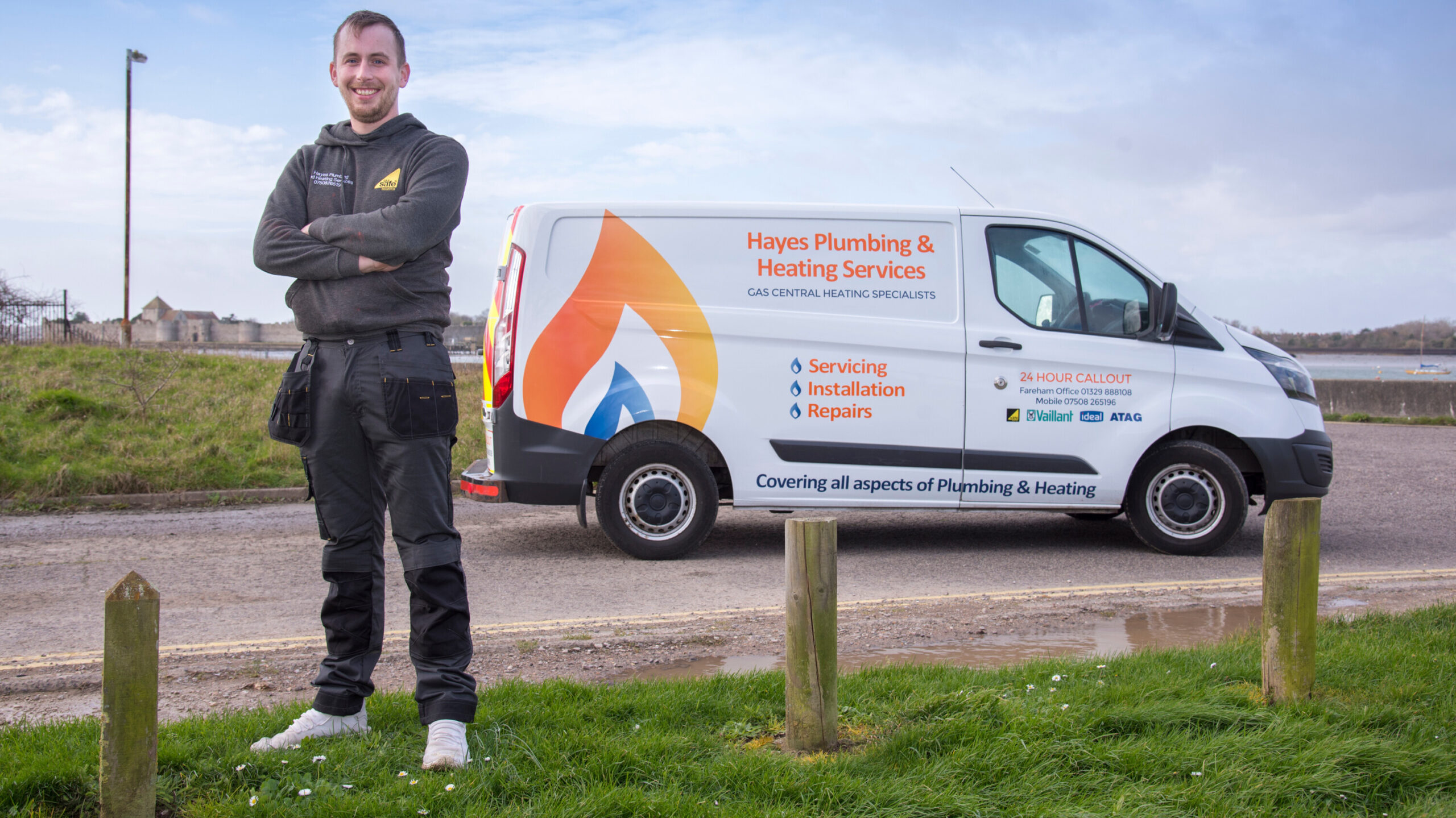
Partnering With Experienced Plumbing Professionals
Working with trained specialists who understand commercial plumbing systems helps reduce risks. These professionals bring knowledge from handling large-scale buildings such as offices, warehouses, and retail spaces. Their familiarity with system layouts allows faster identification of problems and more accurate solutions.
Licensed plumbers follow local codes and safety rules. This ensures all repairs or upgrades meet legal standards. Property managers avoid fines or delays by choosing workers who know how to operate within those guidelines. Skilled technicians also carry insurance, which protects both parties in case of accidents or damage during service.
Commercial properties often run on tight schedules. Breakdowns can impact daily operations, causing downtime or safety concerns. Professionals with experience in this field respond quickly and take steps that prevent future issues. They focus not only on fixing current faults but also on spotting signs of wear before they become larger problems.
Regular checkups help keep plumbing systems running without interruption. By scheduling routine visits from qualified teams, building owners can plan ahead instead of reacting to emergencies. These experts use tools made for complex systems found in larger facilities, so inspections cover more ground than basic checks.
A reliable partner keeps records of past services and replacements. Tracking this information supports better decisions about budgeting and long-term planning for infrastructure upkeep. It also helps ensure warranties remain valid since most require proof of regular care.
Investing in professional support improves the quality of maintenance for commercial pipes while reducing long-term costs through prevention rather than reaction. When a property relies on consistent water flow or waste removal, dependable service becomes essential to daily function and compliance needs alike.
Choosing experienced providers means fewer interruptions and stronger confidence in the system’s condition over time.
Sustaining Long-Term Efficiency Through Proactive Pipe Care
Maintaining optimal performance in commercial plumbing systems requires a strategic and proactive approach. Routine inspections help identify issues early, while adherence to best practices ensures system longevity and reliability. Technological advancements in pipe monitoring now offer real-time insights, reducing the risk of unexpected failures. Equally important is working with experienced plumbing professionals who bring specialised knowledge to every maintenance plan. Together, these elements form a comprehensive strategy for effective maintenance for commercial pipes, minimising downtime, controlling costs, and preserving infrastructure integrity in the long term. Investing in consistent upkeep today safeguards operational efficiency for tomorrow.
About the Author: Hayes Plumbing & Heating
Share This Story, Choose Your Platform!

